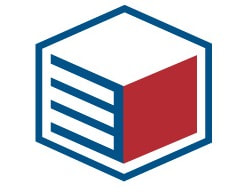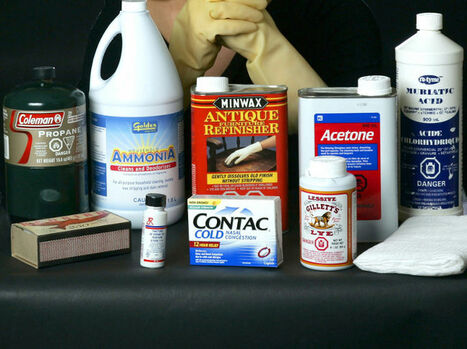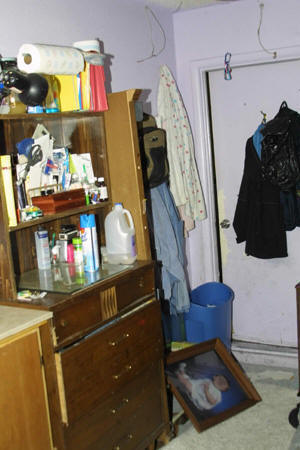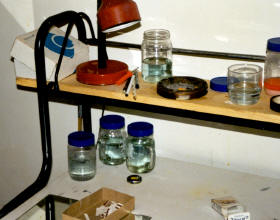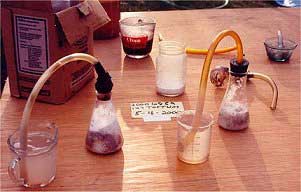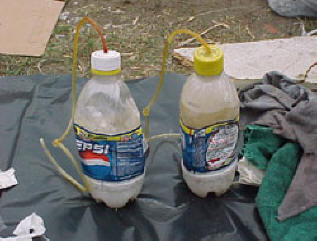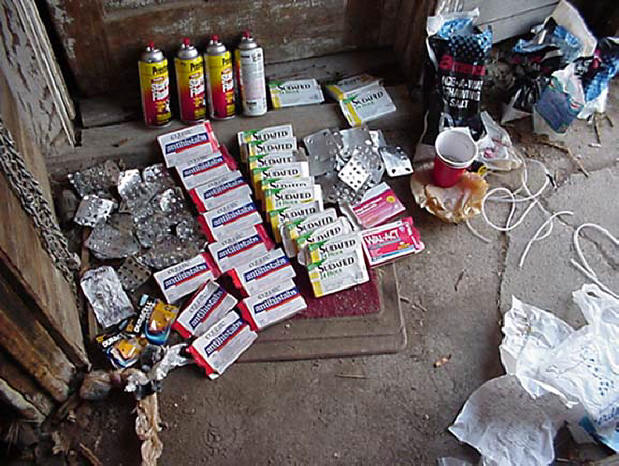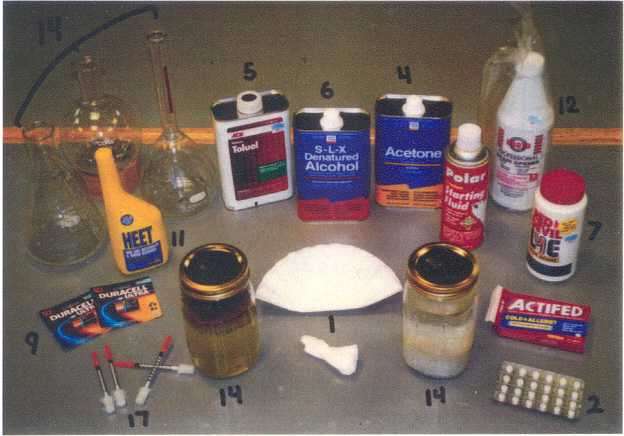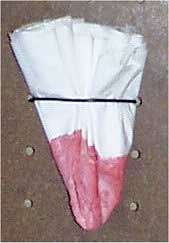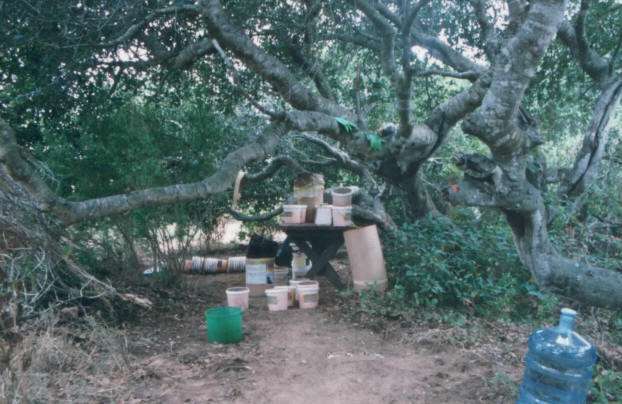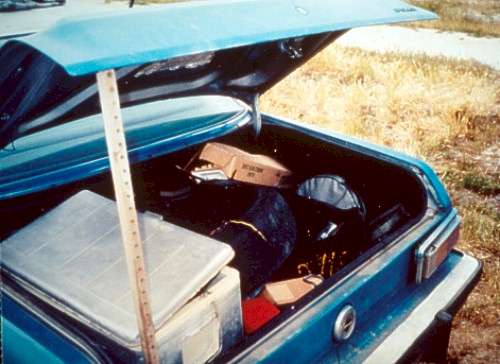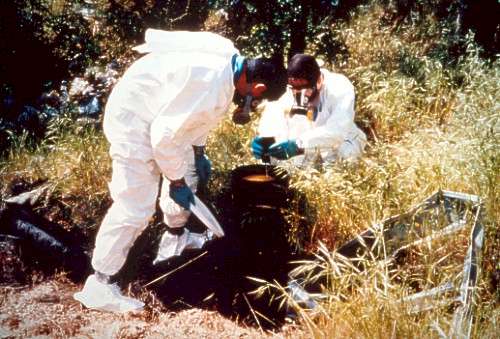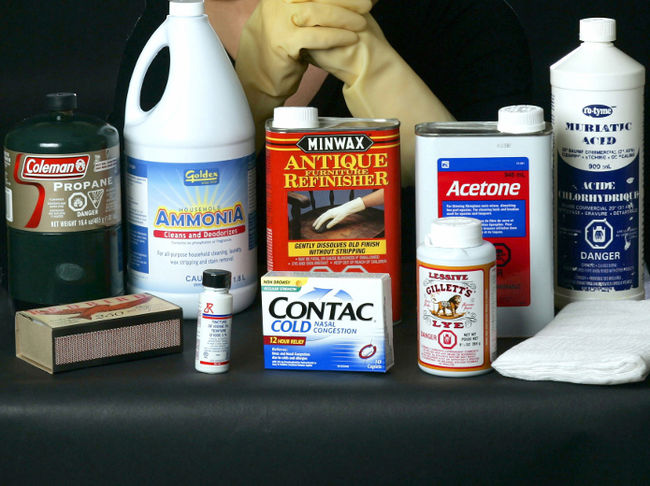|
There's an epidemic sweeping Ontario which represents health, safety and liability risks to Realtors, appraisers and anyone else entering homes contaminated with chemicals used to grow or manufacture illegal drugs. The dangers of meth labs Pesticides and fertilizers notwithstanding, the primary risks associated with marijuana “grow houses” have been mould and wood-destroying organisms resulting from the greenhouse conditions existing in these homes. The grow house has been viewed primarily as a business or legal risk for the real estate community. However, as the illegal production of crystal meth-amphetamine (meth) grows in Ontario, more of the real estate community could be placing their lives at risk trying to assess or inspect homes containing potentially explosive drug labs. According to the Ontario Provincial Police (OPP) even the leftovers of a household “meth lab” may represent a huge danger, given the variety of chemicals which could explode at any moment. There are also serious health effects associated with exposure to these chemicals before, during and after the drug-making process. Anyone unfamiliar with a crystal meth lab could be putting their life at risk if they don't know what they're walking into. Meth-amphetamine is made primarily from common household ingredients, however the chemical processes are very different from what’s present at a more common marijuana grow-op. When the ingredients are mixed and cooked together, they make a dangerous drug and potentially harmful chemical residues can remain on household surfaces - for months or even years after cooking has been completed. A highly addictive and potentially lethal drug more prevalent in western Canada, crystal meth has been familiar to police in Ontario for at least fifteen years, however only a decade ago full-blown meth labs were relatively unknown in Ontario. They are now common occurances, especially in Perth County and other parts of south western Ontario. The problem has been moving east, and it's a growing trend. Crystal meth is made by “cooking” pseudo ephedrine with a variety of chemicals which are readily found at hardware stores, such as red phosphorous, iodine, ammonia, paint thinner and lithium from batteries. The incident rate of injuries caused in Ontario by exposure to crystal meth labs is rising sharply, something police officers south of the border have suffered for a long time, dealing with substances such as propane, starter fluid and drain cleaner which are used in the drug manufacturing process. Weapons are very common in meth labs. People who use meth are very paranoid about everything. They are worried that they will be caught by the police and will use any means to not get caught. As production expands throughout Ontario, anyone unfamiliar with the signs of a crystal meth lab could be putting their life at risk if they don’t know what they’re walking into. Here’s a checklist of common signs of meth manufacturing inside and outside a house:
Police advise against entering a house exhibiting any of these signs because it could be a crime scene, and even more importantly, it could be hazardous to your health and safety. They recommend reporting any suspected meth labs to the local city or provincial police detachment.If you suspect a meth lab, leave at once and report it.
Every pound of meth-amphetamine produced creates anywhere from 5 to 7 pounds of waste. Waste products include solvents and corrosives. Clean-ups of labs are extremely resource-intensive and beyond the financial capabilities of most jurisdictions. The average cost of a clean-up is about $5,000 - but some cost up to $100,000 or more.
Mouse over images for descriptions - click to zoom.
0 Comments
Leave a Reply. |
AuthorGil Strachan is a professional home inspector, representing Electrospec Home Inspection Services in east-central Ontario since 1994. CategoriesAll Appliances Buying And Selling Cooling Electrical Environmental Exterior Health And Safety Heating Home Improvement Home Inspection Insulation Insurance Interior Plumbing Roofing Special Structure Archives
January 2024
|
